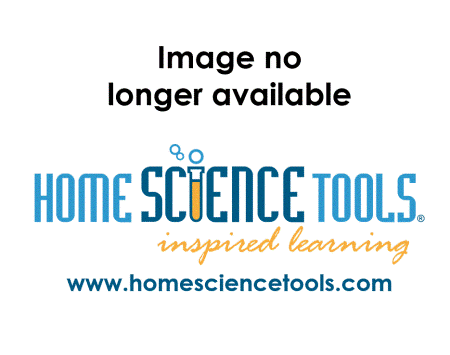Geography is another area that is interspersed among the primary albums. When pulled together, these presentations make for quite a lovely geography experience! We have sensorial aspects, language, people of the world by continent, country and region, globes, maps and more!

In elementary, it also encompasses the earth sciences and economics. Technically-speaking there is no official political geography section. We hope that the children have had the primary level experiences. We also incorporate Goings Out at the elementary age; practical life lessons in this area including reading and following maps of the local city, areas to visit (a map of the museum for example), and other practical mapping skills.
Through the child's study of history, mapping, graphing, coordinates, compass roses, and other experiences are incorporated in a "living" approach. Geography incorporates many of the "math skills" that seem to be lacking from the mathematics album (where we focus more on pure mathematics).
There is really little use for a geography program at elementary that is not, by nature, put into practical use immediately - either through Goings Out, re-creating maps on paper or three-dimensionally, including human geography (culture) or other practical purposes.
Primary:
Exercises of Practical Life
The entire Exercises of Practical Life album really prepares for geography; including the cultural aspects. Art experiences, as well as cultural experiences should be incorporated starting around age 5. First the child is adapted to his own culture until 4 1/2 or 5; then we can start drawing in aspects of other cultures for the children to experience - think art forms/styles, table settings, objects around the environment that could be polished are perhaps from other cultures. Share stories.
Think cultural experiences.
Sensorial:
Tactile
Sensitizing
Fingers
Sensorial Aspects of the World
 Introduction to
the Sensorial Aspects of the World
Introduction to
the Sensorial Aspects of the World
Sandpaper Globe
Continents Globe
World Puzzle Map
Continent Puzzle
Map
United States Puzzle Map
Land and Water
Forms
Oceans Globe
Flags
Climatic Zones Globe
Language:
Spoken: Vocabulary Enrichment
Language of the Sensorial Materials
(games, card material)
Nomenclature Cards – Scientific
(includes flags, countries/continents/oceans by name, etc)
Spoken: Language Development
Storytelling
Reading and Books in the Library
Poems
Conversation
Conversation – More than one person
Question Game
Cultural Folders
Extension:
fictional story telling
Land and Water Form Folders
Land and Water Form Outline Maps
Biome Folders
Art Folders (cultural)
My State
Writing
Map Making
Reading Classification
Presentation I – Classifying the
Environment
Presentation II – Cards with Labels
A. Social
B. Scientific
Presentation III – Definition Stages
Elementary:
Geography
Introduction to Geography
Practical Considerations for the Experiments
Notes on the Experiments
Command Cards
Geography Nomenclature
Chapter
I:
Creation of the Earth/Idea of the Universe
God with No Hands
Experiments with God with No Hands
Notes on the Story
Follow-Ups to the Story
Composition of the Earth
Further Details of the Composition of the Earth
Formation of the Mountains
Chapter
II:
Nature of the Elements
Three States of Matter
Further States of Matter
Different Ways of Combining
Separation, Saturation, Super-saturation
Attraction and Gravity
Chapter
III: The Sun and the Earth
Rotation of the Earth and Its Consequences
 Time Zone Chart
Time Zone Chart
Earth as a Sphere and Its Result
Tilt of the Axis
Seasons and the Two Tropics
The Zones
Zones’ Work Chart
Protractor Chart
Seasons Work Chart
Protection of the Atmosphere and the Rains
Chapter
IV: The
Work of Air
Experiments Prelude to the Winds
The Winds
Land and Sea Breezes
Changes in the Winds Caused by the Seasons
Rains
Work Chart of the Winds
Ocean Currents Caused by Winds
Wind as a Sculptor
 Chapter
V:
The Work of Water
Chapter
V:
The Work of Water
The River
The Rains
Ocean Waves
Ice
Water Cycle
Spread of Vegetation
People in Different Zones
Chapter
VI: Human
Geography
Interdependence of Human Beings in Society
Economic Geography
Study of Natural Resources
Study of Consumption
Comparison of Production and Consumption
Imports and Exports
Volume of World Trade
World Commerce
Chapter
VII: Functional
Geography
(not an official section of the elementary album; utilized for those who need to verify learning for educational standards as well as those without any primary level experience - just a list of topics to be covered in other areas)











